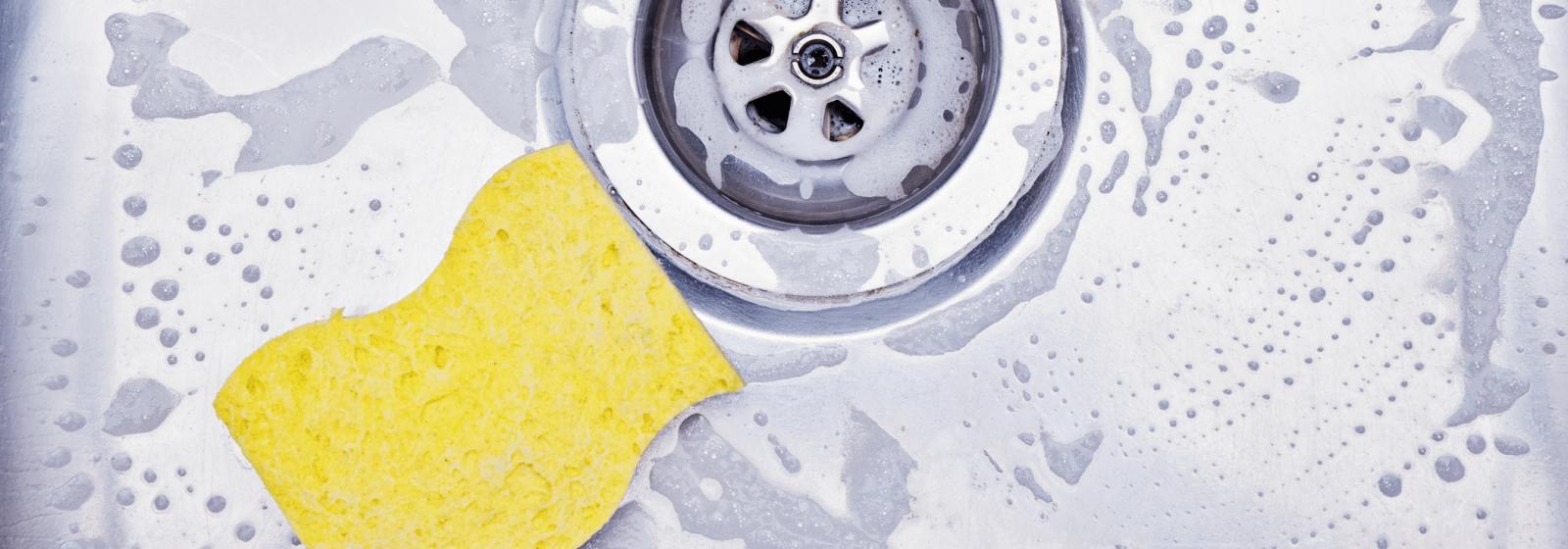Our family is pretty environmentally friendly and our life is painted about as "green" as we can get it. Yet no matter how eco we go, there will always be a roll of recycled paper towels in the cabinet over the stove. Why on sustainable Earth do we use a disposable product, you ask? Because it's the healthy thing to do.
For years, I used sponges to deal with spills and worse. They were reusable, long-lived, and took up little space. But as things turn out, when sponges clean up they're really just making more of a mess. The reason is pretty simple: To your average bacteria, a spot in a sponge is like moving into a 4-star hotel with a coupon for free room service. It's damp, dark, and delightfully warm in there, the perfect party spot for the bacteria that get sucked inside during routine cleaning.
When I was swiping counters with my trusty sponge, I wasn't just absorbing existing problems. I was spreading new ones all over the place, according to Mother Nature Network [1]. Because unless your sponge is brand new, it's more than likely leaving a fresh trail of all the microbes it contains behind. Given what some of those bacteria can be (yes, e. Coli, I'm looking at you), that's not really the most reliable way to keep a safe and healthy home.
With paper towels -- I prefer the 100% recycled paper towels (minimum 50% post-consumer recycled fiber) from Seventh Generation, my kitchen isn't turning into a Petri dish. Of course, you can boil, microwave, or wash a sponge in the dishwasher to sanitize it, but it's just not practical to do that after every swipe. So now we reserve our sponge for special uses and stick to the recycled paper towels for everyday clean-up.
This is (pun alert!) counter-intuitive in many ways. But that's occasionally the way it is when it comes to taking care of your family and the planet.
Paper towels will help you avoid spreading germs around, but you can also supplement your routine by using a disinfecting product to kill household germs from your common hot spots such as counter tops. Other germ hot spots around your house include hard, non-porous surfaces like children's toys, high chairs, appliances, and garbage cans.
photo: bark
[1] https://www.mnn.com/your-home/at-home/stories/6-kitchen-myths-that-could-give-you-food-poisoning


